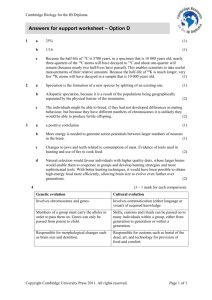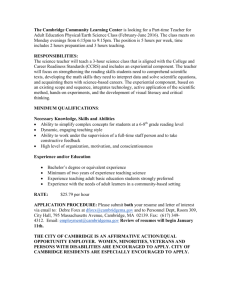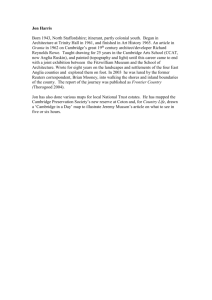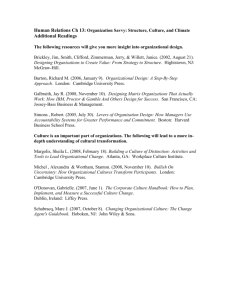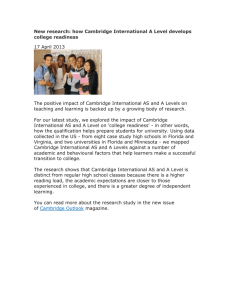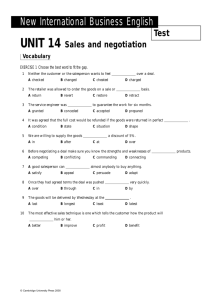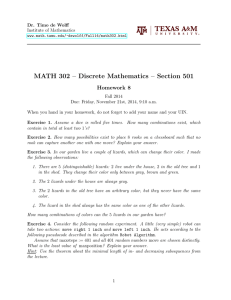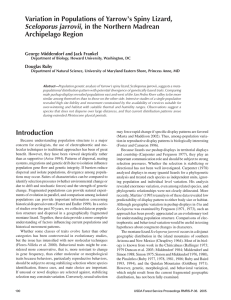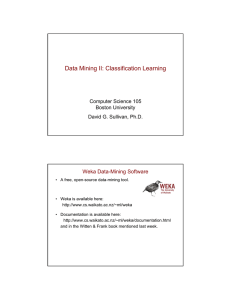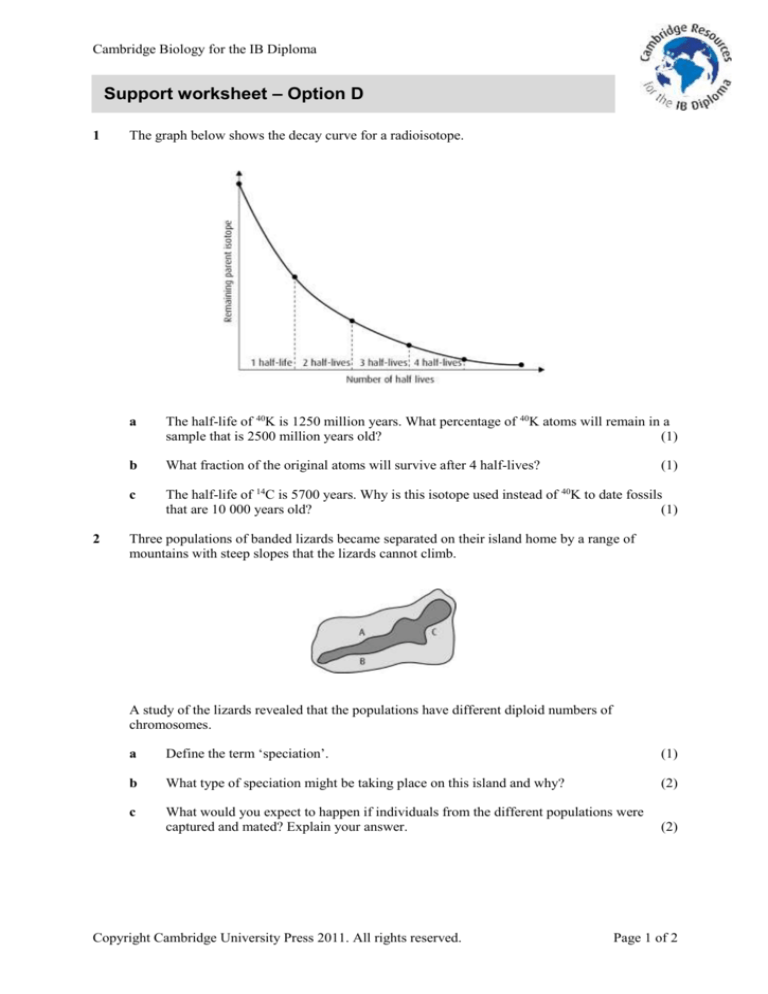
Cambridge Biology for the IB Diploma
Support worksheet – Option D
1
2
The graph below shows the decay curve for a radioisotope.
a
The half-life of 40K is 1250 million years. What percentage of 40K atoms will remain in a
sample that is 2500 million years old?
(1)
b
What fraction of the original atoms will survive after 4 half-lives?
c
The half-life of 14C is 5700 years. Why is this isotope used instead of 40K to date fossils
that are 10 000 years old?
(1)
(1)
Three populations of banded lizards became separated on their island home by a range of
mountains with steep slopes that the lizards cannot climb.
A study of the lizards revealed that the populations have different diploid numbers of
chromosomes.
a
Define the term ‘speciation’.
(1)
b
What type of speciation might be taking place on this island and why?
(2)
c
What would you expect to happen if individuals from the different populations were
captured and mated? Explain your answer.
(2)
Copyright Cambridge University Press 2011. All rights reserved.
Page 1 of 2
Cambridge Biology for the IB Diploma
3
The graph shows the relationship between the relative brain size and diet quality of
primates and humans.
a
What is the term used to describe such a relationship?
b
As brain size increased in hominid species, the proportion of energy used to maintain
brain function also increased. Suggest a reason for this.
(1)
c
Fossil evidence suggests that hominids increased their consumption of meat over a
period of time. What type of evidence would reveal this change?
(2)
How could this change of diet affect the evolutionary progress of humans?
(2)
d
4
Compare the cultural and genetic evolution of Homo sapiens.
Copyright Cambridge University Press 2011. All rights reserved.
(1)
(3)
Page 2 of 2

